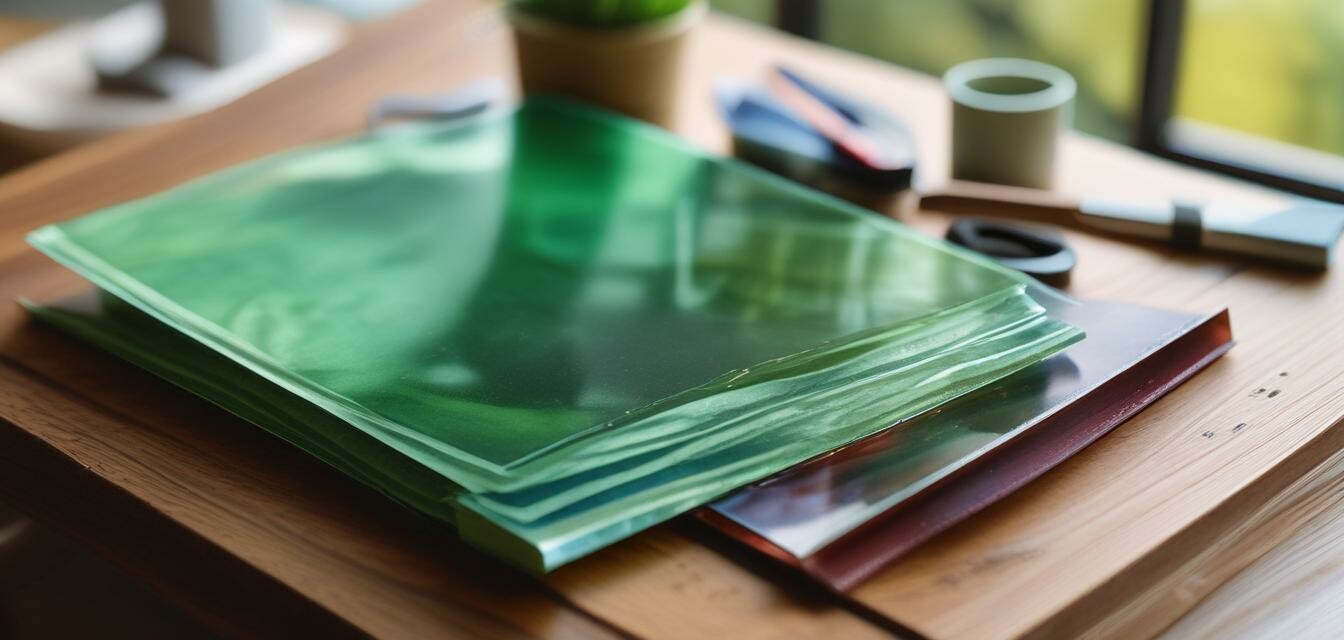
Sustainable glass materials: Eco-friendly options for 2025
Key Takeaways
- Eco-friendly glass materials emphasize sustainability in sourcing and production.
- Recycling and repurposing glass is essential in reducing waste and environmental impact.
- A variety of eco-conscious suppliers offer sustainable options for glass artists.
- Choosing sustainable materials can enhance your artistic expression and marketability.
As the world moves toward a greener future, the importance of sustainable practices in every aspect of life is becoming increasingly clear. For artists working in the glass industry, eco-friendly options allow for creativity while being responsible stewards of the environment. This guide discusses various sustainable glass materials available in 2025, exploring the benefits of eco-friendly options for glass crafts.
Understanding sustainable glass materials
Sustainable glass materials focus on minimizing environmental impact throughout their lifecycle. This includes considerations for sourcing, production, use, and disposal. Many artists are now seeking materials that align with these values.
Why choose eco-friendly glass materials?
- Reduce your carbon footprint: Eco-friendly glass materials utilize more sustainable materials and methods, leading to reduced energy consumption.
- Support recycling efforts: Many sustainable options incorporate recycled glass, encouraging proper waste management.
- Enhance your creative expression: Using environmentally-conscious materials can inspire new ideas and techniques in your art.
Types of sustainable glass materials
Here’s a closer look at some of the eco-friendly glass materials available to artists:
| Material | Source | Benefits |
|---|---|---|
| Recycled glass sheets | Post-consumer sources | Reduces waste, less energy-intensive to produce |
| Eco-friendly frit | Natural minerals | Non-toxic, vibrant colors without harmful chemicals |
| Bio-based glass rods | Sustainable materials | Renewable sourcing, supports sustainable farming practices |
| Glass casting molds | Recycled metals and ceramics | Long-lasting, supports recycling initiatives |
Researching sustainable suppliers
Finding eco-friendly glass materials starts with choosing reliable suppliers who prioritize sustainability. Here are tips for identifying eco-conscious suppliers:
- Look for certifications: Seek suppliers with specific environmental or sustainability certifications.
- Investigate sourcing practices: Understand where materials come from and their production processes.
- Ask about recycling initiatives: Ensure suppliers actively engage in recycling and offer recycled materials.
- Consider local options: Supporting local suppliers reduces transportation emissions and supports your community.
Benefits of using sustainable glass materials
Using eco-friendly options in your glass creations can lead to several advantages:
- Marketability: Consumers increasingly seek products made with sustainable materials, enhancing the appeal of your work.
- Innovation: Experimenting with new materials can lead to unique artistic expressions.
- Community support: By choosing sustainable practices, you contribute to a larger movement toward eco-consciousness.
- Raising awareness: By incorporating these materials in your work, you can inspire others to consider sustainability.
How to integrate sustainable practices into your glass-making process
Here are some ways to incorporate eco-friendly practices while working with glass materials:
- Practice recycling: Collect and reuse waste glass in projects.
- Educate yourself: Stay informed on sustainable practices and materials.
- Join communities: Connect with other artists and suppliers who emphasize sustainability.
- Promote your work: Share information about the eco-friendly materials and practices used in your creations.
Pros
- Reduced environmental impact
- Unique artistic opportunities
- Alignment with modern consumer values
Cons
- Limited availability in some regions
- Higher costs for premium materials
- Potential learning curve with new materials
Final thoughts
As 2025 approaches, the focus on sustainability in the glass-making industry is likely to grow. Artists who embrace eco-friendly materials not only contribute to a healthier planet but also tap into innovative artistic opportunities. By choosing sustainable glass materials, you can make a positive impact while turning your creative visions into reality.
Ready to explore more about glass sheets and supplies or dive into specific categories like fusing and slumping supplies? Be sure to visit our other pages for amazing deals that can help you transform your craft!

